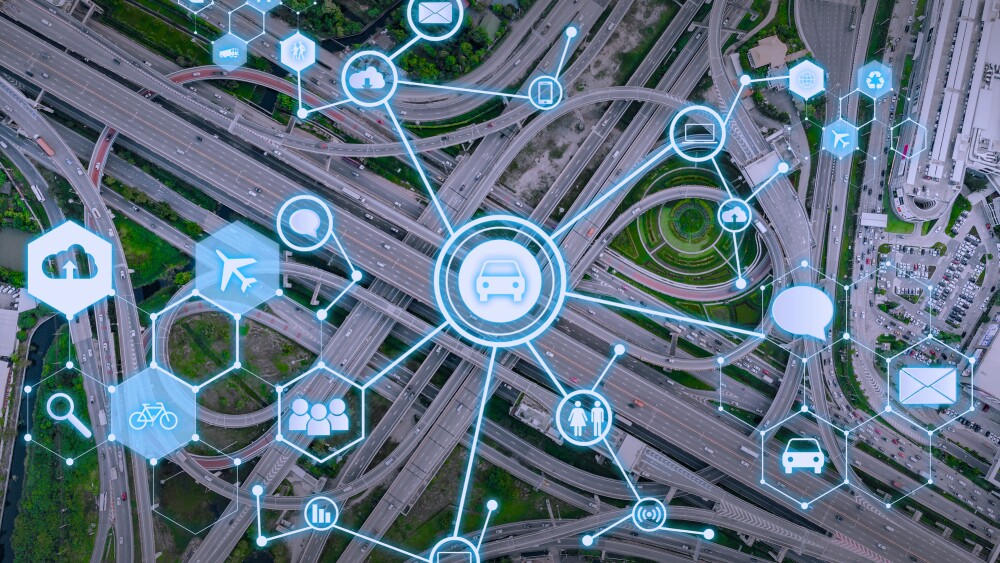Access this on-demand webinar by completing the “Watch this Police1 on-demand webinar” box on this page!
Technologies like automatic license plate recognition (ALPR), body-worn cameras and drones, combined with better communication technologies, data analytics, social media and open intelligence tools, AI and collaboration platforms, are giving law enforcement unprecedented insight for proactive crime prevention and real-time situational awareness. In addition, investing in and using these technologies leads to improved investigation outcomes and more efficient resource allocation.
As more law enforcement agencies add these valuable solutions to their toolkits, a vision emerges of how all these systems working together can give law enforcement agencies a powerful, intelligence-led foundation to prevent and investigate crime and build safer communities.
In this webinar, you’ll learn:
- The foundational and emerging technologies contributing to proactive crime prevention and real-time situational awareness.
- How communication technologies and collaboration platforms enhance information sharing and coordination within law enforcement agencies.
- How social media monitoring and open-source intelligence tools aid in gathering actionable intelligence.
- How law enforcement can identify people of interest through the signatures emitted in or within electronic devices like fitness trackers, RFID tags and mobile phones.
WHAT ATTENDEES LIKED FROM THIS PRESENTATION:
“It was very informative. We are just looking into LPR cameras and this gave me lots of information and things to consider moving forward.”
“I liked the timeliness of the relevant information.”
“Instructor knowledge and the webinar platform were great!”
“Very informative.”
MEET THE SPEAKERS
MODERATOR:
Chief Jim Bueermann (ret.) has been involved in various aspects of policing since 1978. He retired from the Redlands (California) Police Department after 33 yrs of service, the last 13 of those as Chief of Police and Director of Housing, Recreation and Senior Services. In 2012, he was appointed president of the National Police Foundation (now the National Policing Institute). He retired at the end of 2018 and began consulting for a variety of governmental, community and private organizations. In early 2019 he founded the Future Policing Institute as a way of helping prepare policing for an increasingly uncertain future - but also one in which policing is effective, empathetic and just.
PANELISTS:
Philip Lukens served as the Chief of Police in Alliance, Nebraska from December 2020 until his resignation in September 2023. He began his law enforcement career in Colorado in 1995. He is known for his innovative approach to policing. As a leading expert in AI, he has been instrumental in pioneering the use of artificial intelligence in tandem with community policing, significantly enhancing police operations and optimizing patrol methods.
Todd Child is Sr. Vice President of Professional Services for Leonardo’s ELSAG Automatic License Plate Recognition Systems line of business. He leads the New York-based global software development team and engages with the ELSAG user community to develop applications that are effective and efficient for data analysis in a primarily law enforcement focused environment. He is primarily focused on developing advanced intelligence systems for Local, State, Federal and
International agencies. Working with large data analysis systems and high-availability data collection systems.




